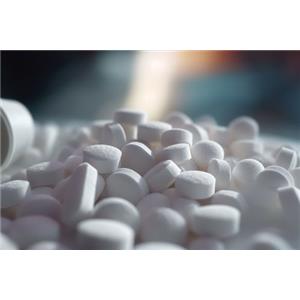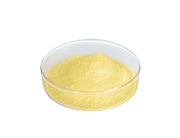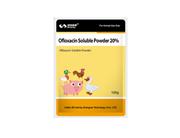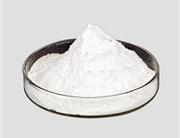Enrofloxacin is a broad-spectrum bactericidal agent for fluoroquinolones.
It has good effects on Escherichia coli, Salmonella, Klebsiella, Brucella, Pasteurella, Actinobacillus pleupneumoniae, Erysipelas, Proteus, Serratia marcescens, Corynebacterium pyogenes, Botulinum septicum, Staphylococcus aureus, Mycoplasma, Chlamydia, etc. It has weak effects on Pseudomonas aeruginosa and Streptococcus, and weak effects on anaerobes. It has obvious antibacterial effect on sensitive bacteria. The antibacterial mechanism of this product is to inhibit bacterial DNA gyrase, interfere with bacterial DNA replication, transcription, repair and recombination, and bacteria can not grow normally
Multiply and die.
Pharmacokinetics It is well absorbed by oral administration in most animals, and its bioavailability is about 80% in dogs, reaching 50% of its peak concentration 15 minutes after oral administration and reaching its peak within 1 hour. Chicken internal and bioavailability of 62.2% ~ 84%. Widely distributed in animal body, can very good into the tissue, body fluids. Drug concentrations were higher in almost all tissues than in plasma, with the exception of cerebrospinal fluid. Hepatic metabolism is mainly the removal of the ethyl group of the 7-piperazine ring to form ciprofloxacin, followed by oxidation and glucuronic acid binding. "It is excreted mainly through the kidneys (as tubular secretion and glomerular filtration), and 15% to 50% is excreted in the urine in its original form." "The elimination half-life of oral administration is 3.7 to 5.8 hours, 6 hours in cats and 9.1 to 14.2 hours in chickens."

 China
China



